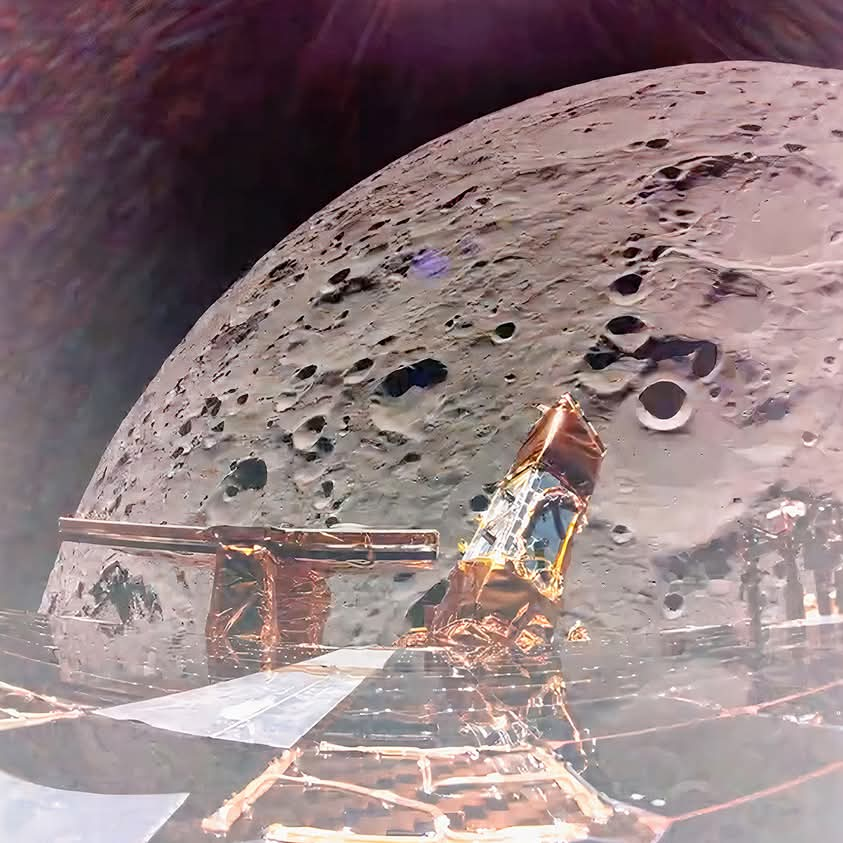World
Private US spacecraft makes historic moon landing

An American aerospace company has achieved a significant breakthrough in lunar exploration, successfully landing a spacecraft on the Moon — the second private mission to do so, and the first to land upright.
Firefly Aerospace’s Blue Ghost Mission 1 touched down at 3:34 a.m. ET (0834 GMT) on Sunday near Mons Latreille, a volcanic formation in Mare Crisium on the Moon’s northeastern near side, according to the BBC. The lander autonomously navigated the Moon’s rugged landscape, decelerating from thousands of miles per hour to just two mph for a precise touchdown.
“Y’all stuck the landing—we’re on the Moon!” an engineer at Firefly’s mission control in Austin, Texas, announced as the room erupted in applause.
Firefly CEO Jason Kim confirmed the lander remained stable and upright, a notable contrast to a previous private mission last February that tipped over on landing. NASA officials also applauded the success.“We’re on the Moon!” said Nicky Fox, associate administrator for NASA’s Science Mission Directorate.
Dubbed “Ghost Riders in the Sky,” the mission is part of NASA’s Commercial Lunar Payload Services (CLPS) initiative, which seeks to reduce costs and support the Artemis program’s goal of returning astronauts to the Moon.
The golden lander, approximately the size of a hippopotamus, launched on January 15 aboard a SpaceX Falcon 9 rocket, covering 2.8 million miles during its journey. Along the way, it captured breathtaking images of Earth and the Moon. The mission shared its launch with a Japanese lander that is set to attempt its own lunar landing in May.
Blue Ghost carries 10 scientific instruments, including a lunar soil analyzer, a radiation-hardened computer, and an experiment exploring whether global satellite navigation systems could aid future Moon missions.
Designed to function for 14 Earth days — the length of a full lunar day — the lander is expected to capture high-definition footage of a total lunar eclipse on March 14, when Earth will block the Sun from the Moon’s view.
On March 16, the lander will document a lunar sunset, offering scientists valuable insights into a phenomenon called lunar horizon glow, where dust particles levitate above the surface due to solar radiation — a phenomenon first observed by Apollo astronaut Eugene Cernan.















